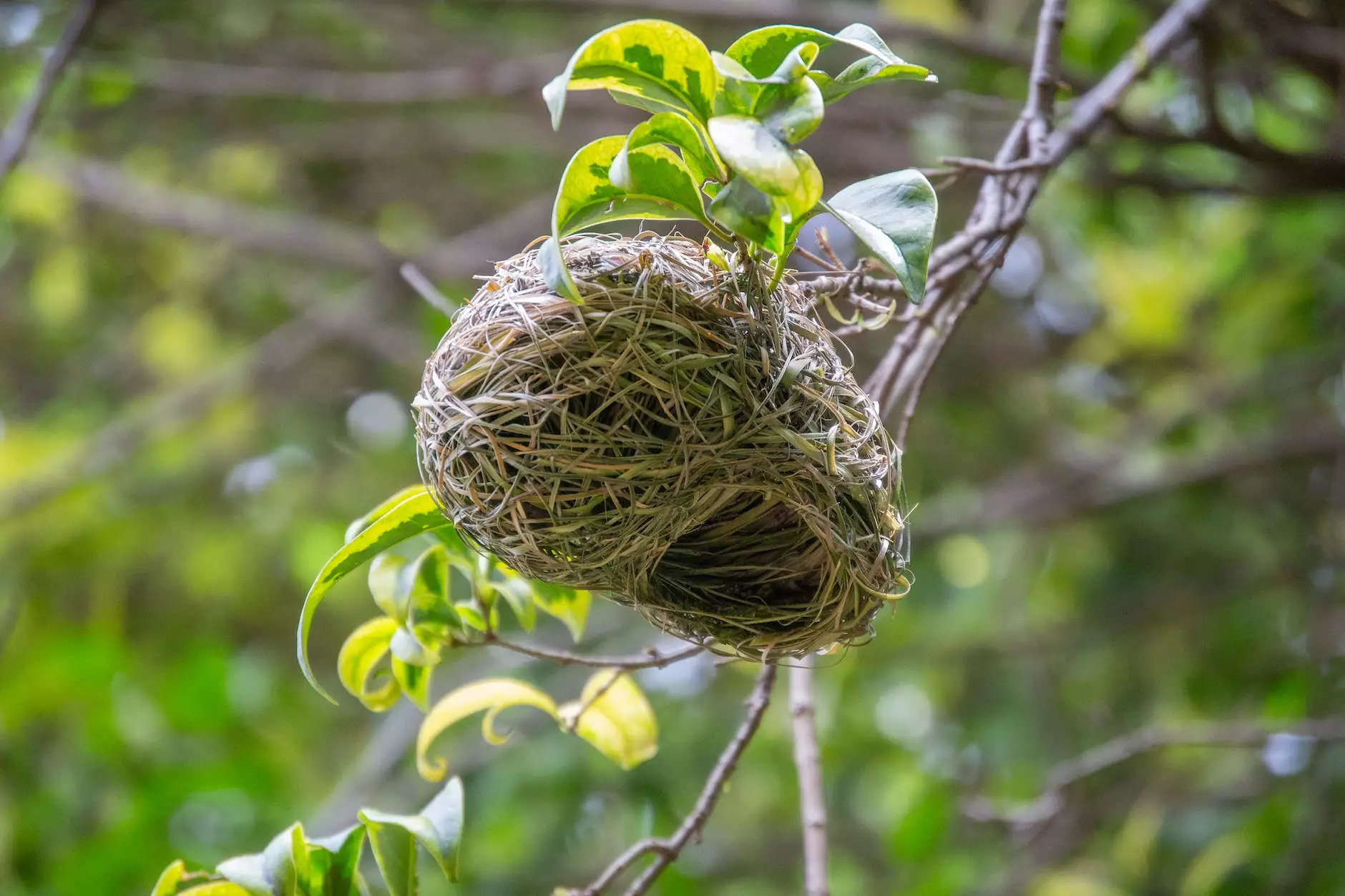Leaves Growing Trees - The Knowledge Nest

The Importance of Leaves in our Ecosystem
Leaves are not just simple green structures on trees; they play a crucial role in the environment, affecting our community and society in numerous ways. In this article, we will explore the fascinating world of leaves growing trees and their significance in sustaining life on Earth.
The Functionality of Leaves
Leaves are nature's solar panels. Through the process of photosynthesis, leaves capture sunlight and transform it into energy, producing vital oxygen and carbohydrates. This intricate process is the foundation of life, allowing plants to thrive and support entire ecosystems.
Additionally, leaves act as nature's air purifiers, absorbing carbon dioxide from the atmosphere and releasing oxygen back into the air. In this way, they play a critical role in combating climate change and maintaining the balance of gases in our environment.
Different Types of Leaves
Leaves come in a wide variety of shapes, sizes, and colors. Understanding the characteristics of different types of leaves can provide valuable insight into the species of trees they belong to and their specific functions within the ecosystem.
1. Broadleaf Leaves:
- These leaves are wide and flat, providing a larger surface area for sunlight absorption.
- Examples of trees with broadleaf leaves include maple, oak, and birch.
- They shed their leaves during specific seasons as part of their reproductive cycle.
2. Needle-like Leaves:
- These leaves are long, thin, and needle-shaped, reducing water loss in arid climates.
- Evergreen trees like pine, spruce, and fir possess needle-like leaves that remain green throughout the year.
- They have adapted to harsh environments and are known for their resilience.
3. Scale-like Leaves:
- Scale-like leaves are small, thin, and often overlap, resembling fish scales.
- Trees such as cypress and juniper have scale-like leaves.
- They provide protection against excessive water loss.
Leaves and Environmental Sustainability
Leaves contribute significantly to the sustainability of our environment by performing multiple roles:
1. Oxygen Production:
As mentioned earlier, leaves produce oxygen through photosynthesis, enabling the survival of various life forms that depend on this indispensable gas.
2. Carbon Sequestration:
Leaves absorb carbon dioxide, a greenhouse gas responsible for global warming. By sequestering carbon, they help mitigate the impact of climate change on our planet.
3. Erosion Prevention:
Trees with dense leaf canopies reduce the impact of rainfall on the ground, preventing soil erosion and maintaining the stability of slopes and riverbanks.
4. Cooling Effect:
Shade provided by leaves reduces temperatures in urban areas, mitigating the urban heat island effect and contributing to a more comfortable living environment.
The Symbolism of Leaves
Beyond their botanical significance, leaves have also been used symbolically across cultures and throughout history. They are often associated with concepts such as growth, renewal, and transformation.
In various religious and spiritual practices, leaves are used to create decorative wreaths, symbolizing abundance, prosperity, and the cycle of life. Leaves are also frequently depicted in art and literature as vibrant symbols of nature's beauty and resilience.
Conclusion
Leaves growing trees are essential players in our ecosystem, supporting life, preserving our environment, and embodying powerful symbols. Understanding the importance of leaves helps us appreciate nature's intricate interconnectedness and motivates us to protect and nurture the natural world around us.









